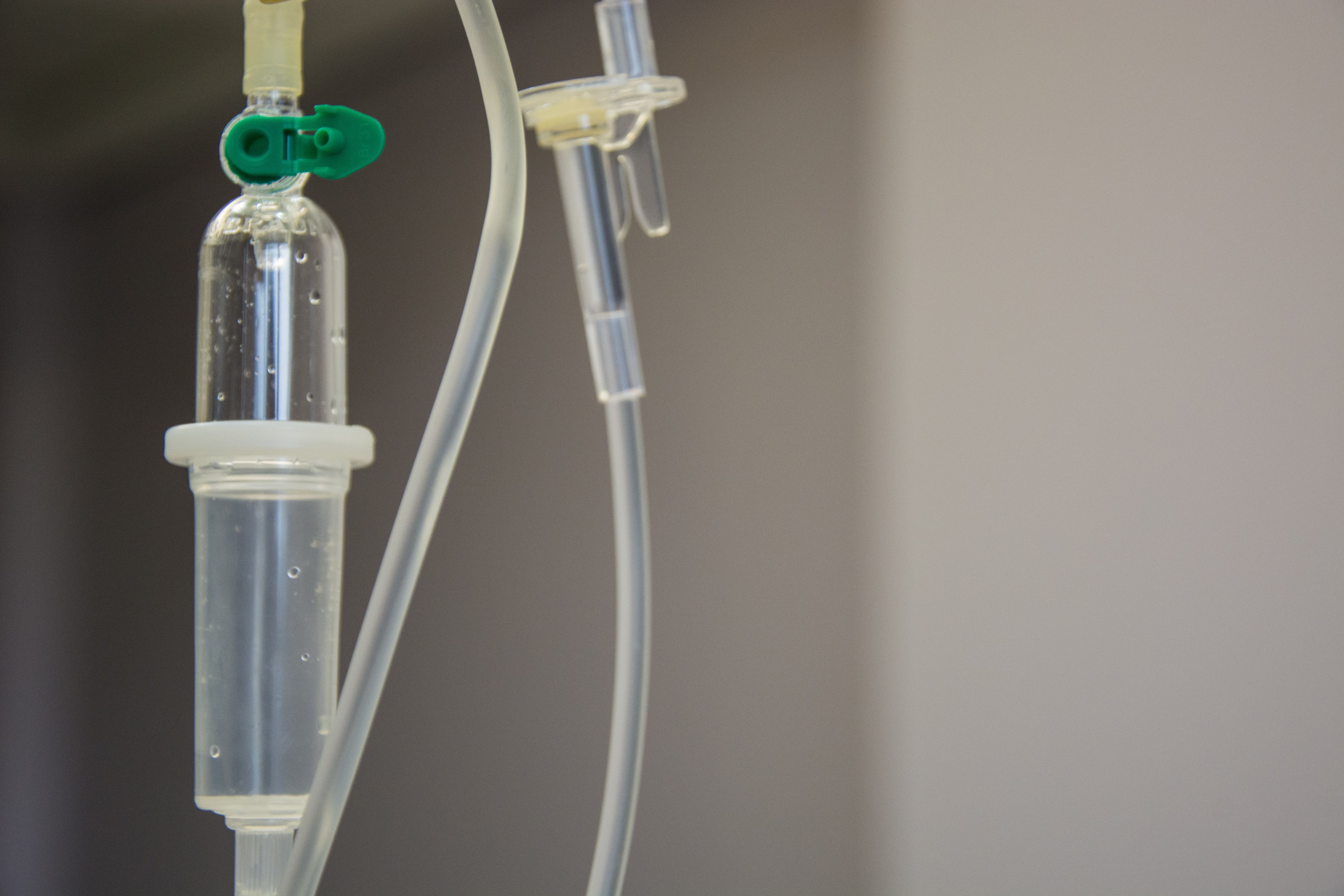For those who treat Staphylococcus aureus bacteremia (SAB) there are a few challenges associated with these infections including differing presentations from very mild to severe cases; heterogeneity of the types of patients who contract it; and the sources for the infection can sometimes be difficult to identify.
These challenges can be problematic. “Many clinicians who are involved in the care for SAB patients may recognize the feeling that we are looking at different presentations of a disease caused by the same bacteria, and that different treatment approaches may be needed for different groups of patients,” Maaike Swets, MD, Leiden University Medical Center, and Clark Russell, MBChB PhD, clinical lecturer, University of Edinburgh, said in an email interview with Contagion.
Swets, Russell, and their team of investigators performed an analysis looking to identify sub-phenotypes in patients with SAB. Their study's results were published in Clinical Infectious Diseases.1
In thinking of about the heterogeneity of presentation, these investigators point out 2 clinical presentations that offer examples of the need for differing treatment regimens. For example, younger patients with relatively few to no comorbidities may see a clinical benefit with a shorter course of IV antibiotics and quicker transition to oral therapy; whereas, older patients who might have existing devices may need a longer regimen of therapy and even a combination of antibiotics to reach a beneficial outcome.
“In hospitalized patients with SAB, 5 clinically relevant sub-phenotypes can be identified, using routinely available clinical data. These 5 sub-phenotypes have different outcomes, and may have differential treatment responses,” the investigators said.
Study Parameters and Results
“One of the reasons we did the study was because we hypothesized that the heterogeneous SAB population may consist of several, more homogeneous patient groups,” they said. “If we could find different groups (“sub-phenotypes”), we might also be able to identify groups that respond differently to treatment. In many recent clinical trials that were done to compare treatments in patients with SAB, no beneficial effect was found compared to usual care. A possible explanation for this would be that some subgroups benefit from a specific treatment, while other experience harm, leading to a net zero effect.”
What You Need to Know
Clinically-relevant sub-phenotypes of SAB can be reproducibly identified.
Stratification in clinical trials may be necessary to identify subgroup-specific treatment effects.
The study highlights the need for further validation, especially in MRSA cohorts, as the current findings are predominantly based on MSSA (Methicillin-Sensitive Staphylococcus aureus) cases.
Swets, Russell, and their team of investigators examined 3 studies that included the Edinburgh trial, ( a retrospective cohort, n=458) and the ARREST trial, n=758 and SAFO trial, n=214 trials (both randomized controlled trials.) They utilized a latent class analysis (LCA) to attempt to identify subgroups of patients. LCA can be used to cluster patients into homogeneous groups, based on clinical characteristics and not using information on outcomes. They utilized 18 clinical variables for the LCA, and identified 5 different classes.
“LCA can be used to cluster patients into homogeneous groups, based on clinical characteristics and not using information on outcomes,” Swets and Russell said. “We used 18 clinical variables for the LCA, and identified 5 different classes.”
Other Takeaways
The investigators found differing results on the various sub-phenotypes. “Eighty-four-day mortality was highest in sub-phenotype A and lowest in sub-phenotype E and B, Swets and Russell said. “As an exploratory analysis, we did a post-hoc analysis of the effect of adjunctive rifampicin, stratified by each of the 5 sub-phenotypes. We found that patients assigned to sub-phenotype B and randomized to rifampicin had a higher 84-day mortality compared to placebo (OR for 84-day mortality = 18.8, 95% CI 1.1-334.4, p=0.006). In sub-phenotype C, patients randomized to rifampicin had less microbiological failure compared to placebo (OR for microbiologic failure = 0.17, 95% CI 0.04-0.8, p=0.02). While it is reassuring that the sub-phenotypes could be reproduced in different cohorts, they were all predominantly MSSA, so further validation in MRSA cohorts is needed.”
“These five sub-phenotypes have different outcomes, and may have differential treatment responses. Patient stratification in clinical trials investigating treatments for SAB may be required to identify subgroup specific treatment effects, and to identify sub-groups of patients who may differentially benefit (or suffer harm) from specific therapies," Swets and Russell concluded.
Reference
1. Maaike C Swets, Zsuzsa Bakk, Annette C Westgeest, Karla Berry, George Cooper, Wynne Sim, Rui Shian Lee, Tze Yi Gan, William Donlon, Antonia Besu, Emily Heppenstall, Luke Tysall, Simon Dewar, Mark de Boer, Vance G Fowler, David H Dockrell, Guy E Thwaites, Miquel Pujol, Natàlia Pallarès, Cristian Tebé, Jordi Carratalà, Alexander Szubert, Geert H Groeneveld, Clark D Russell, Clinical sub-phenotypes of Staphylococcus aureus bacteraemia, Clinical Infectious Diseases, 2024;, ciae338, https://doi.org/10.1093/cid/ciae338

